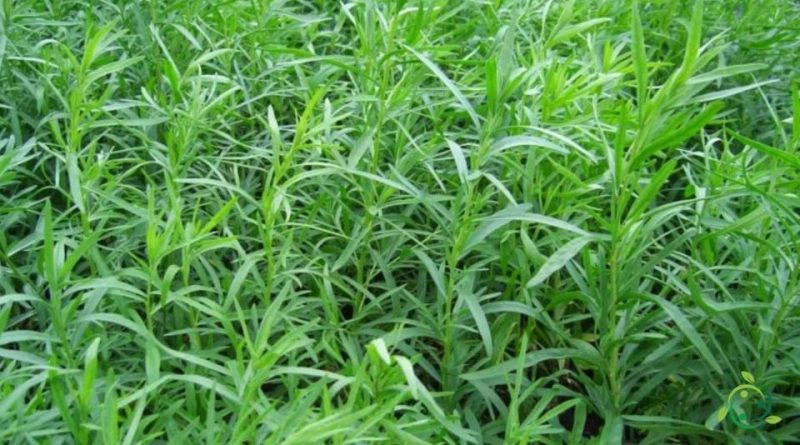How the Tarragon propagates
How the Tarragon propagates
Tarragon or tarragon (Artemisia dracunculus, L.) is a perennial, aromatic and bitter plant of the Asteraceae family. This plant is native to Eastern Europe and Southern Siberia.
Tarragon is also cultivated in Italy and we can rarely find it in the wild.
The tarragon, to be cultivated, must preferably find sunny places and fertile and sandy soils. Furthermore, there are many varieties on the market, some of which are completely fragrance-free.
Tarragon is a perennial plant that is recommended to be grown for three or four years, and then rotated.
Propagation –
This plant rarely produces fertile seeds and therefore can be reproduced only by division of the tufts and by cuttings.
If you have fertile seeds, you can sow both in spring and autumn.
However, to avoid that propagation by seed does not have the desired effects, due to the poor fertility of the seeds it is advisable to carry out the multiplication by adopting the technique of reproduction by rhizome or by cutting.
In this case the engraftment percentages are higher.
In these two techniques it is necessary to adopt distances between the plants of 40/50 cm, as this aromatic plant has particularly branched roots to which it is necessary to leave space in their expansion.
If, on the other hand, you are planting on individual containers or on pallets, you can then carry out the transplant in late spring, between April and May, taking care to work the soil in depth so that it can take root successfully.
For the details of the cultivation technique, refer to the following sheet.

